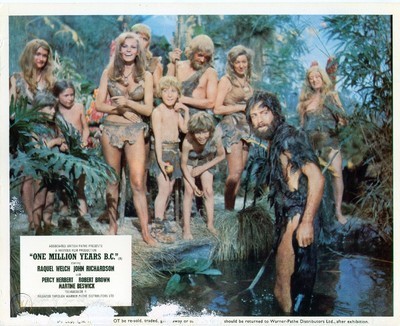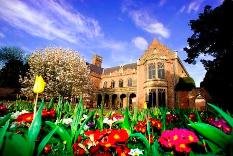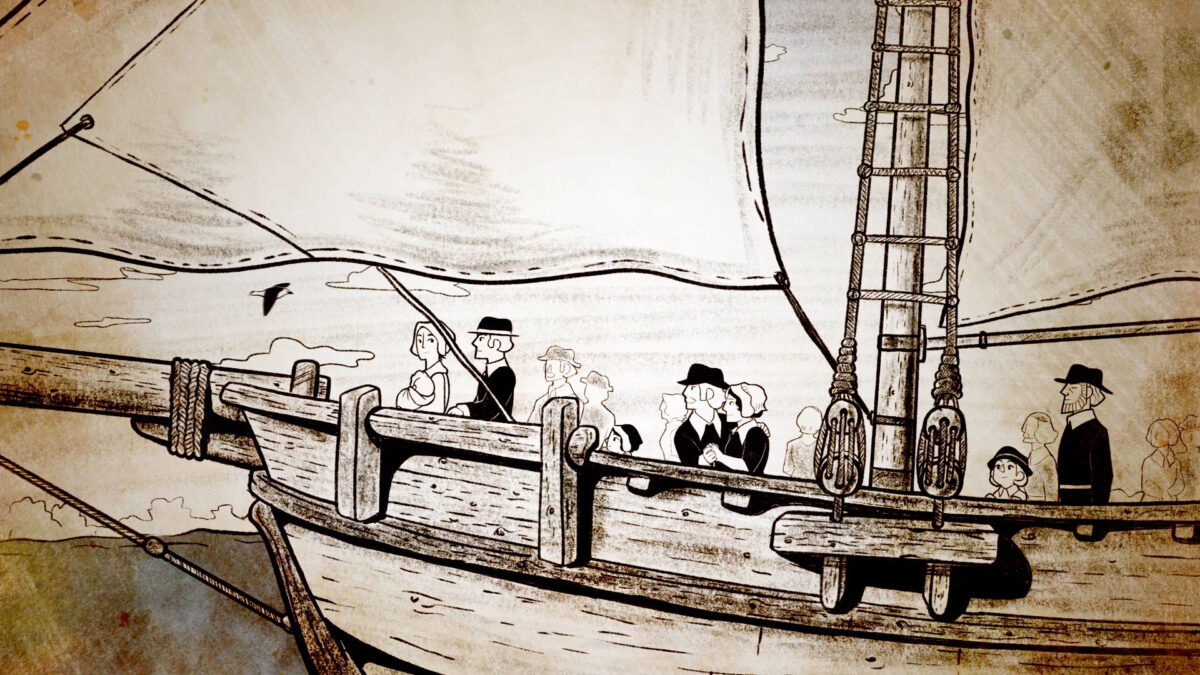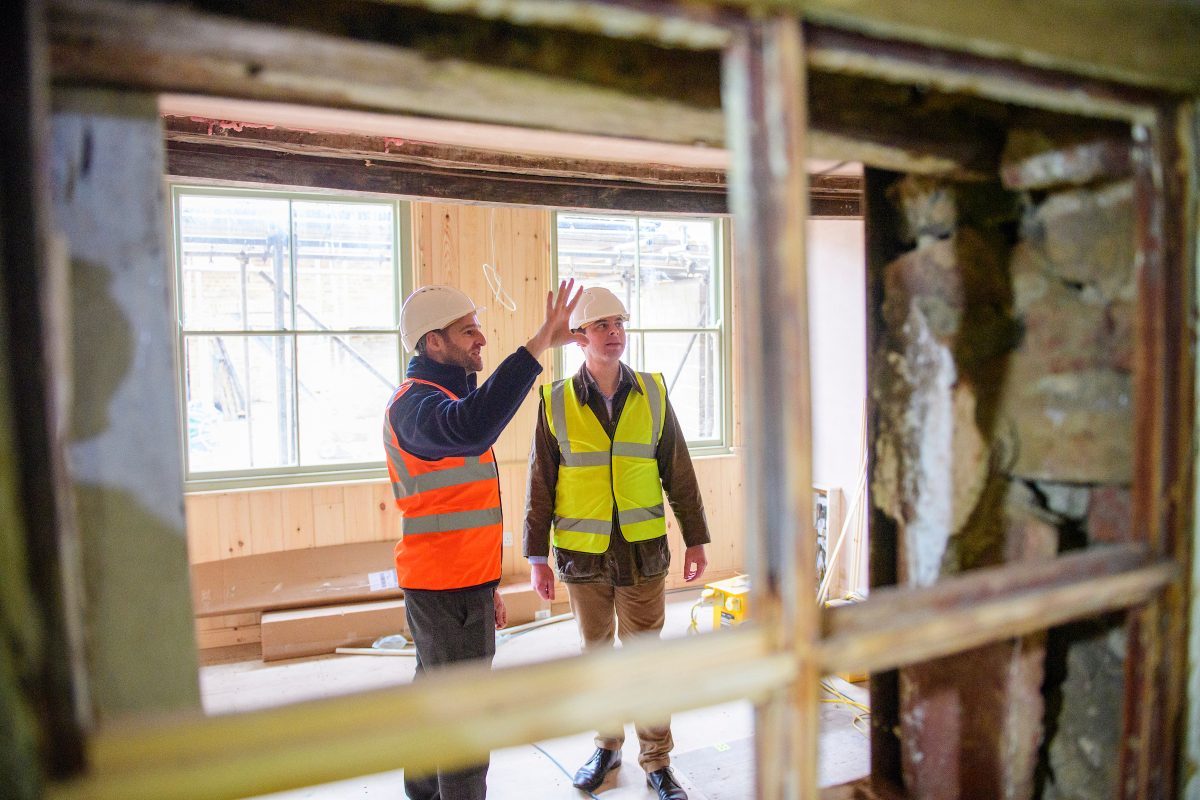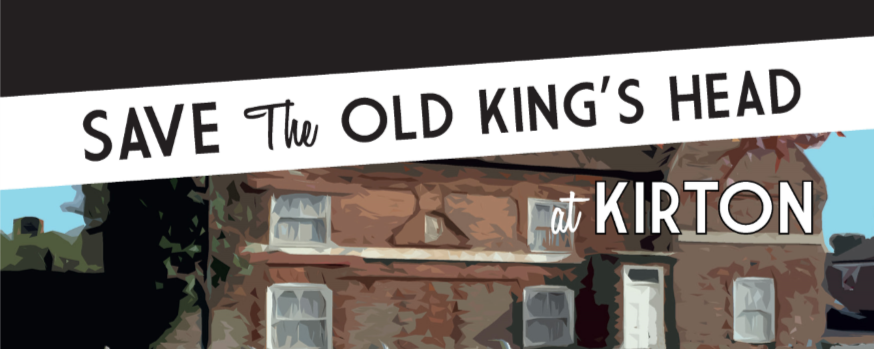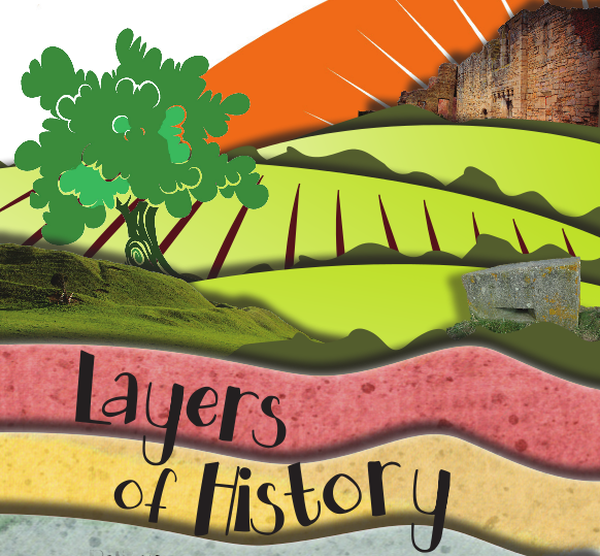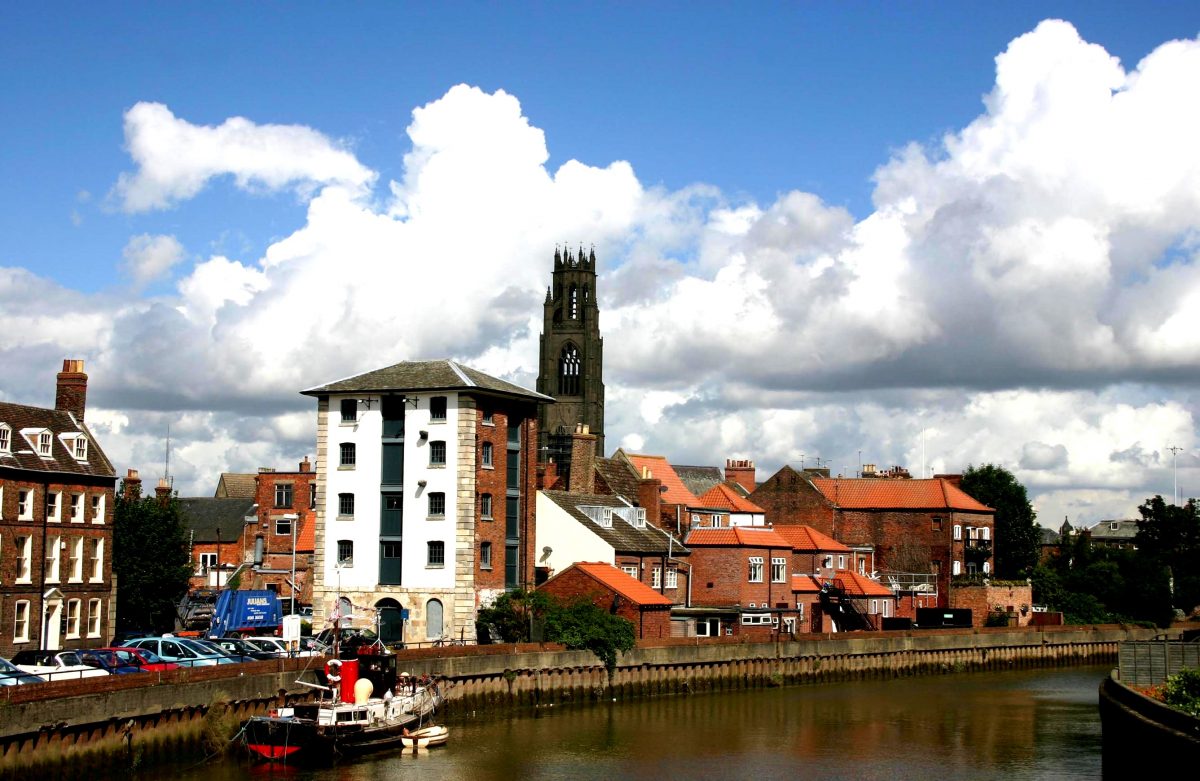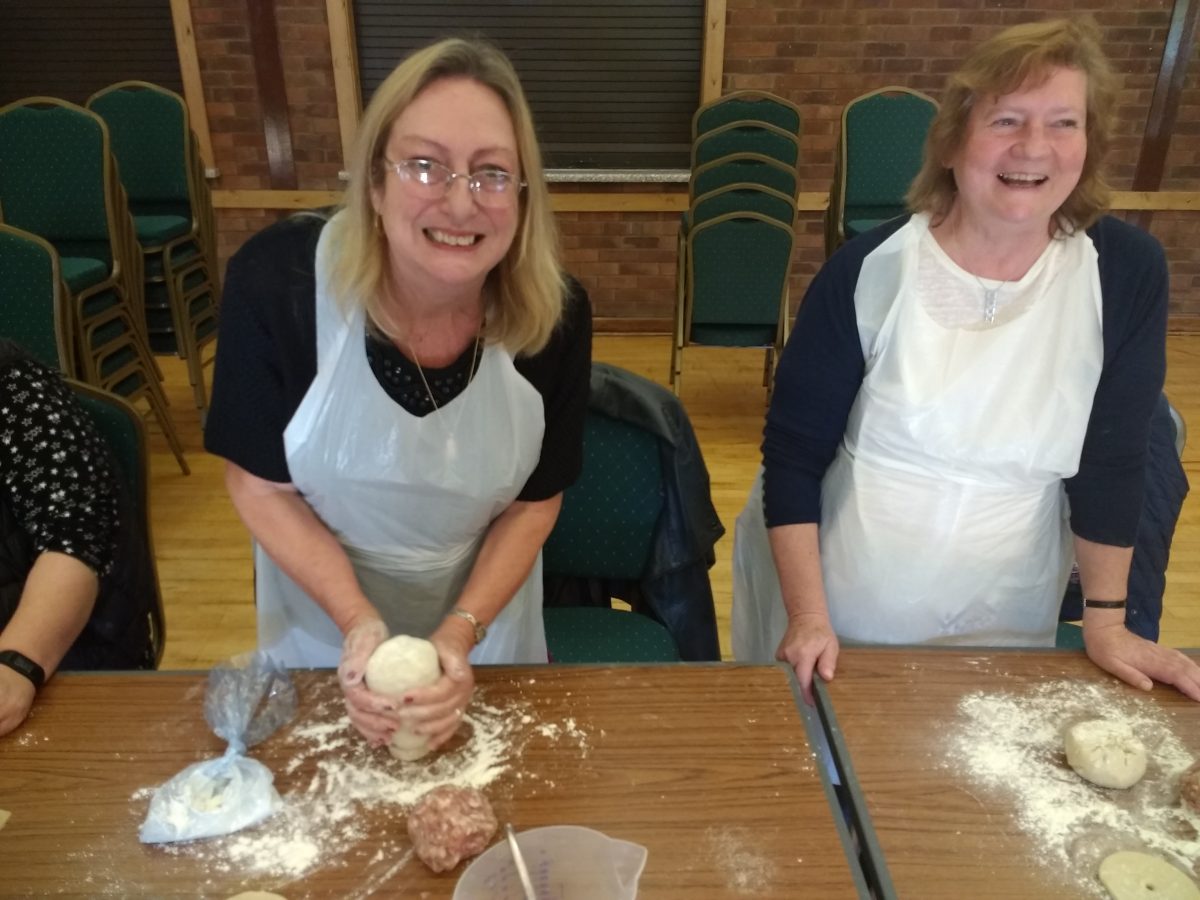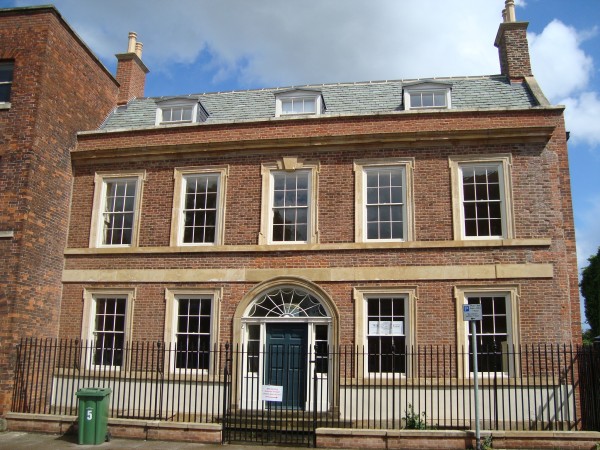Search results for: medieval
What are Hunter Gatherers? By Jim Snee
One thing that persistently, and understandably, annoys people is the use of jargon. In this archaeology is as guilty of that as the next discipline, and it is sometimes useful…
Read MoreCourses & talks
Courses & Talks Talks The following speakers are current members of staff and a minimum donation of £75 is requested upon booking which helps us to continue our working across…
Read MoreTestimonials
Testimonials ”Heritage Lincolnshire (HTL) were initially engaged by Worksop Priory and Gatehouse Community Trust to provide a programme of activities to increase community engagement in our long term aims of…
Read MoreHistoric sites
Our historic sites We care for several historic sites in Lincolnshire and believe that everyone should have the chance to enjoy and learn about them by holding regular events, talks,…
Read MoreAbout Us
About us Heritage Lincolnshire are a local charity working to conserve the rich history of the county for the benefit of people who live and work in the area. “Heritage…
Read MoreCharging at Giants in Lincolnshire by Jim Snee
There is, and always has been, something quixotic about the heritage profession. Cervantes’ famous knight (Don Quixote) charged at windmills believing them to be giants. In heritage, it sometimes feels…
Read MoreLost Villages and Legends by Jim Snee
In the north of the county of Lincolnshire is a deserted medieval village called Gainsthorpe. It is one of the best examples in Lincolnshire, if not the country. While monitoring…
Read MoreLabyrinths, Circles and Dance by Jim Snee
From memory, which I must confess is somewhat distant, dance has never played a significant part in the church services I have attended if any part at all. Which is…
Read MoreLincolnshire’s First Halloween by Jim Snee
It is that time of year when people begin to remark about how Halloween has become commercialised and Americanised. But, as usual, I find myself wondering if that is entirely…
Read MoreLayers of History Evaluation
Durnin Research was appointed in October 2019 by the Heritage Trust of Lincolnshire to evaluate the Layers of History project. This evaluation was tasked to capture and assess the extent…
Read MoreSouth Holland
South Holland is rich in heritage, both natural and man-made, with lots to see and do! It is a rural district in the south east of the county, that is…
Read More400-year anniversary of the sailing of the Mayflower
2020 marked a significant historic anniversary. In September 2020, it was 400 years since a group of people, who would become known as Pilgrims, left their final stop in Plymouth…
Read MoreLincolnshire’s Last Highwayman by Jim Snee
The Georgian period, of the 18th century is probably one of the periods in English history that people will admit knowing very little about. Which is odd, because if historical…
Read MoreLincolnshire’s First Scientist by Jim Snee
Lincolnshire is known for many things, and in today’s society, it is rightly celebrated for its agriculture and its natural beauty. If you think of science, you probably look elsewhere,…
Read MoreLincolnshire’s Last Slave by Jim Snee
The history of slavery is long and complex. It involves culture, race, religion, politics and a little bit of economics. Ultimately, it involves every one of us. How far back…
Read MoreLincolnshire’s Last Duel by Jim Snee
Duelling has an odd place in history in that, although it has its origins in antiquity, it is very much an example of romantic revival, albeit a very dysfunctional one.…
Read MoreLincolnshire’s First Footballer by Jim Snee
Lincolnshire has a long history of association football. Brigg Town FC, known as the zebras, is one of the oldest surviving clubs in the country, having been formed within a…
Read MoreHussey Tower in the Rain by Jim Snee
It often puzzles people the things that archaeologists get excited about. They see us talking in an agitated manner and bobbing up and down in excitement and they assume we…
Read MoreLincolnshire’s Last Hunter-Gatherers by Jim Snee
It is commonly asserted that society evolved from hunter gathering to farming and then to the industrial. Like many common assertions this is an oversimplification. One of the great complexities…
Read MoreLincolnshire’s First Dragons by Jim Snee
A while ago, I was reading an old history of Lincolnshire as part of my research for Layers of History and the esteemed author asserted that there were no traditions…
Read MoreLincolnshire’s First Detective by Jim Snee
One of the staples of daytime television is the detective series. These entertaining programmes are based around an individual (occasionally even a police officer) who uses clues to solve one…
Read MoreLincolnshire’s First Pirates by Jim Snee
In November 2019, I was asked to be a guest on the Jeremy Vine show to discuss the recently returned Tealby Cannon. I was particularly interested in the Cannon as…
Read More‘Lincolnshire’s First Dance’ by Jim Snee
Many years ago, as a young man, I sought adventure and archaeology in central India and spent several months helping survey an abandoned medieval city called Vijayanagara. I remember that…
Read MoreThe Old King’s Head Regeneration Reaches New Milestone
Excitement is starting to build amongst our team and the local community in Kirton near Boston as renovation work on our project at The Old King’s Head has now passed…
Read MoreHeritage Lincolnshire Thanks Lottery Players for Vital Funding
23rd November 2019 This week is a big milestone for The National Lottery as they’re celebrating their 25th anniversary and have launched their Thanks to You campaign to mark the…
Read More#Thankstoyou – Volunteers
In additional to helping landscape and townscapes, money from the National Lottery Heritage Fund, funded through every National Lottery ticket you buy, is also channelled directly into volunteer groups. Anyone…
Read MoreThe Old King’s Head Free Courses
Join us for some free courses as part of our Old King’s Head project funded by The National Lottery Heritage Fund. Booking is essential for all courses. To book please…
Read MoreThe Hidden History of Greyfriars
A medieval hidden gem, Greyfriars sits on the edge of Lincoln City’s Cultural Quarter. A Grade 1 Listed building and Scheduled Ancient Monument of international importance. Believed to…
Read MoreLayers of History Volunteer Taster Day in Harlaxton
Over the last two years, our Layers of History volunteers have been attending workshops and training days on subjects such as medieval settlements, the geology of Lincolnshire, palaeography, illuminated manuscripts,…
Read More1.8 million town centre enhancement scheme in Boston
A four-year £1.8 million scheme to enhance an area of Boston’s historic town centre is to be launched this spring
Read MoreThanks to You from Layers of History Volunteers
Layers of History is offering everyone a chance to get involved, and improve their health and wellbeing along the way! [gallery type=”slider” ids=”13417,13410,13411,13418,13412,13413,13419,13414,13415,13420,13416,13421 Layers of History is a ground-breaking, volunteer-led…
Read MoreHow Money from the National Lottery has Transformed Lincolnshire’s Leading Heritage Charity
Following the withdrawal of our annual funding agreement with Lincolnshire County Council, the Heritage Lottery Fund supported us by helping us to find a new business model which would be…
Read MoreExtracts from a site survey
EXTRACTS from a Lincolnshire Gardens Trust site survey Courtesy researcher/recorder Sue Barlow. Location: Aswarby Park, Aswarby, Lincolnshire, NG34 8SD OS grid reference, TF 064 399 Parish, Historic County and District:…
Read MoreYour first example
To get you into a detective frame of mind, first study this photograph: Think about: How can you tell that this a man-made, designed landscape? Is it formal or informal…
Read MoreMaze
Maze The labyrinth or maze is associated with Greek mythology, but the Romans introduced the patterns into their gardens. They were interested in location, any site with uninterrupted views. A…
Read MoreWalls
Walls Stone walling encloses many old gardens. The east stonewall in the Medieval Bishop’s Palace Garden in Lincoln, is Roman, the north wall is Medieval. Some mellow brick garden walls…
Read MoreGarth
Garth Monastic gardens featured decorative Norman Gothic arches and gates with the same architectural details as in church abbeys, priories. Cloister gardens or garths were peaceful courtyard enclosures of retreat…
Read MoreMoat
Moat A defensive moat surrounded many a medieval manor house and castle for security but also as a larder for storing fish and attracting wildfowl. Former moats can still be…
Read MoreWhat Survives Today Exercise
What Survives Today Exercise Take the following questionnaire for a walk around your village, see if you can spot any of the relics we have discussed, and see if you…
Read MoreFootpaths and Field boundaries
What survives today Topic 6: Footpaths and Field boundaries While looking around for early settlement remains, it is worth looking at footpaths and field boundaries. Enclosed fields Early enclosed fields…
Read MoreMoats
What survives today Topic 5: Moats Another key earthwork feature from the medieval period is the moat. Many of these survive today as shaped ponds surrounding one or more sides…
Read MoreFields
What survives today Topic 4: Fields Looking at the fields within and around a settlement can also provide clues to its medieval past. Humps and Bumps A lot of these…
Read MoreVillage Ponds
What survives today Topic 3: Village Ponds Village and field ponds are features of the medieval landscape that have often disappeared from modern settlements. However, they can still be found…
Read MoreCrosses and Greens
What survives today Topic 2: Crosses and Greens Crosses As has already been noted above, medieval village crosses often survive in Lincolnshire. Some of these may be within the church…
Read MoreChurches
What survives today Topic 1: Churches The most common and obvious medieval building found in villages, towns and cities is the church. This was an important community building and often…
Read MoreLooking Further Afield Exercise
Looking Further Afield Exercise Using the following questionnaire as a prompt, have a look at Google maps and the National Library of Scotland Ordnance Survey maps and see if you…
Read MoreSettlement Hierarchy
Topic 6: Settlement Hierarchy The overall pattern of settlement can be characterised as a settlement hierarchy ranging from single farmsteads up to cities. The larger the settlement size, the fewer will…
Read MoreLand Divisions
Topic 5: Land Divisions Now, we need to set that individual story in the context of pattern of Lincolnshire’s medieval settlement as a whole. By the time of the Norman…
Read MoreState Documents
Topic 4: State Documents State documents such as the poll tax returns of 1377 and the diocesan returns of 1563 may not provide much detail about the layout of the…
Read MoreParliamentary Enclosure Award
Topic 3: Parliamentary Enclosure Award Having looked at the early ordnance survey maps and the google earth image, we can see that there are several layers of landscape that can…
Read MoreOrdnance Survey Maps
Looking Further Afield Topic 2: Ordnance Survey Maps To take a look at how the village was laid out before the creation of the airfield, it is a good idea…
Read MoreGoogle Maps
Looking further afield Topic 1: Google Maps Looking at Google maps can be a good place to start as you can pick up earthworks that are not necessarily visible on…
Read MoreMonasteries
Monasteries, manors & economic powerhouses Topic 5: Monasteries The main phase of monastery building in Lincolnshire took place during the 12th century. Wealthy land owners gifted manors to religious orders…
Read MoreLandlords
Monasteries, manors & economic powerhouses Topic 4: Landlords Whilst the lands held by secular (non-religious) landlords were administrated by the manorial system, the lands held by the church and the…
Read MoreDeer Parks
Monasteries, manors & economic powerhouses Topic 3: Deer Parks During the medieval period, a number of manors were granted the right to create deer parks. These were usually close to,…
Read MoreMilling
Monasteries, manors & economic powerhouses Topic 2: Milling One of the rights that the manor would hold, is the right to own a mill and mill grain. Water mills The…
Read MoreManors
Monasteries, manors & economic powerhouses Topic 1: Manors There is a tendency, when talking about medieval manors, to think simply in terms of the sites of manor houses. While manor…
Read MoreLost and Shrunken Villages Exercise
Lost and Shrunken Villages Exercise Look at the following questionnaire and see if you can find out about a deserted medieval village near you. download printable sheet
Read MoreIdentifying a deserted village
Lost and Shrunken Villages Topic 2: Identifying a deserted village Today, shrunken and deserted medieval villages can often be identified by the occasional surviving building or habitation and the humps…
Read MoreThe Great Famine
Lost and Shrunken Villages Topic 1: The Great Famine The period of relative climatic warmth experienced by the northern hemisphere, known as the medieval warm period, came to an end…
Read MoreLost and Shrunken Villages in Lincolnshire
When looking at medieval settlement remains in the Lincolnshire landscape, people often look at the shrunken and deserted villages. As a monument, these lost villages can be fascinating places where…
Read MoreLooking further afield: Field patterns, distribution and the settlement heirarchy
Having looked at what medieval remains still survive in our modern settlements, let us now look at how we can set those remnants into a wider landscape. To do this…
Read MoreChurches, Crosses, Greens and what survives today
The survival of medieval settlement features in our modern villages is more common than many people realise. In this section we will introduce some of the more usual survivors and…
Read MoreThe Domesday Book
Discovering the Medieval Origins of your Village Topic 2: The Domesday Book Having established the ancient origin of a settlement, we can now look at one of the most significant…
Read MorePlace Names
Discovering the Medieval Origins of your Village Topic 1: Place Names The first thing to look at is the place name. The origin and meaning of a place name, whether…
Read MoreFifteenth Century Conflicts
Medieval Warfare Topic 6: Fifteenth Century Conflicts In the fifteenth century, two conflicts appear to have affected Lincolnshire at the same time. Wars of the Roses The dynastic conflict known as…
Read MorePeasants’ Revolt
Medieval Warfare Topic 5: Peasants’ Revolt To date, little evidence has been found of the peasants’ revolt in Lincolnshire. However, as the revolt could be seen as a symptom of…
Read MoreSecond Baron’s War
Medieval Warfare Topic 4: Second Barons’ War The Second Barons’ War (1264 to 1267) was fought between a baronial oligarchy lead by Simon de Montfort against the Loyalist forces of Henry…
Read MoreFirst Baron’s War
Medieval Warfare Topic 3: First Barons’ War The First Barons’ War (1215 to 1217) saw conflict between King John and his nobles, and an attempt to seize the throne by Prince…
Read MoreDynastic Conflicts
Medieval Warfare Topic 2: Dynastic Conflicts The medieval period saw a number of dynastic conflicts beginning with The Anarchy of the 12th century (1135 to 1154). This was initially a civil…
Read MoreNorman Conquest
Medieval Warfare Topic 1: Norman Conquest Medieval warfare covers the period of the Norman conquest through to the massed use of gunpowder weapons. The beginning of medieval warfare occurs in…
Read MoreOnline research
Topic 1: Online research Online research has the advantage of being available in the comfort of your own home and at any time that suits you. It can provide a…
Read MoreThe influence of people on the landscape
Topic 3: The influence of people on the landscape As people live in a place, they change it. In this section we will look at the clues left behind as people…
Read MoreWhat can we see in the landscape?
Looking at the Landscape Topic 1: What can we see in the landscape? When we look at the landscape, what are we seeing? A fen landscape seen from the churchyard…
Read MoreLearning to look at rural landscape
Rural landscapes have also been constructed by people. Over time, people have lived and used the landscape in different ways and for different things. In the same way that you…
Read MoreTattershall College
Tattershall College Tattershall College is the ruin of a grammar school built in the late 15th century. It is one of a complex of buildings built by Ralph, Lord Cromwell,…
Read MoreTupholme Abbey
Tupholme Abbey Explore this area of the Witham Valley and you will come across amazing survivals of the nine monastic abbeys built in the early medieval period. The site of…
Read MoreTemple Bruer Knights Templar Preceptory Tower
Please note that Heritage Lincolnshire no longer look after this site. Please contact Lincolnshire County Council for any enquiries. Temple Bruer was once the second wealthiest Templar preceptory in England,…
Read MoreHussey Tower
Hussey Tower Built in around 1450 by Richard Benyngton, collector of customs and excise in Boston, which was at the time, the wealthiest port in England outside London. Once the…
Read MoreBolingbroke Castle
Bolingbroke Castle Built in the early 13th century by Randulph de Blundeville, Earl of Chester and Lincoln. Later the birthplace of Henry IV Visit the ruins of this medieval castle…
Read More
